Infrastructure development is the backbone of any thriving economy. From bridges and roads to energy grids and water supply systems, robust infrastructure ensures the smooth functioning of societies. However, recent incidents of infrastructure collapses in India have raised concerns about safety, quality, and long-term planning. To prevent such tragedies, India can draw inspiration from successful international projects and adopt best practices. In this article, we explore key lessons and recommendations for building safer and more resilient infrastructure.
Studying successful projects worldwide provides valuable insights. Whether it’s the Thames Tideway Tunnel in London or the Côte d’Ivoire-Liberia-Sierra Leone-Guinea (CLSG) Interconnector Project, these endeavors emphasize integrated planning and execution. India can benefit from holistic approaches that consider urban planning, engineering, and environmental impact.
Public-Private Partnerships (PPPs)
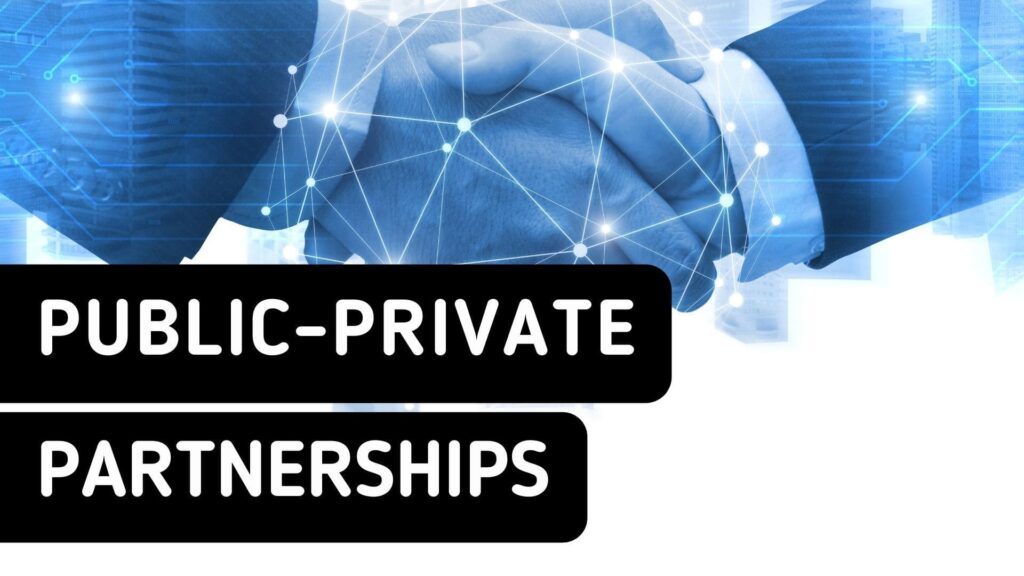
Collaborating with private entities streamlines execution. PPPs allow efficient resource allocation, risk sharing, and timely project completion. By learning from global examples, India can enhance project management and delivery.
Invest in Skilled Workforce
Training and Certification
Developing a skilled workforce is essential. India should invest in training programs for engineers, architects, and construction professionals. Certifications ensure adherence to international standards.
Quality Control
Regular inspections during construction are critical. Skilled professionals can identify deviations from approved plans and rectify them promptly.
Prioritize Resilience and Sustainability
Climate-Adaptive Design
India faces climate challenges. Incorporating climate-resilient features into infrastructure projects—such as flood-resistant designs and earthquake-proof structures—ensures longevity.
Disaster-Resilient Infrastructure
Natural disasters are inevitable. By building infrastructure that can withstand earthquakes, floods, and cyclones, India can minimize damage and protect lives.
Transparency and Accountability
Anti-Corruption Measures
Transparency in funding and execution is paramount. India must strengthen anti-corruption measures to ensure that allocated funds are used efficiently.
Climate-Adaptive Design
Regular audits by independent bodies verify project quality and adherence to safety standards. Accountability fosters trust among stakeholders.
Technology Adoption
Smart Infrastructure
Leveraging digital technologies enhances monitoring, maintenance, and security. Smart grids, sensors, and data analytics improve efficiency and safety.
Energy Efficiency
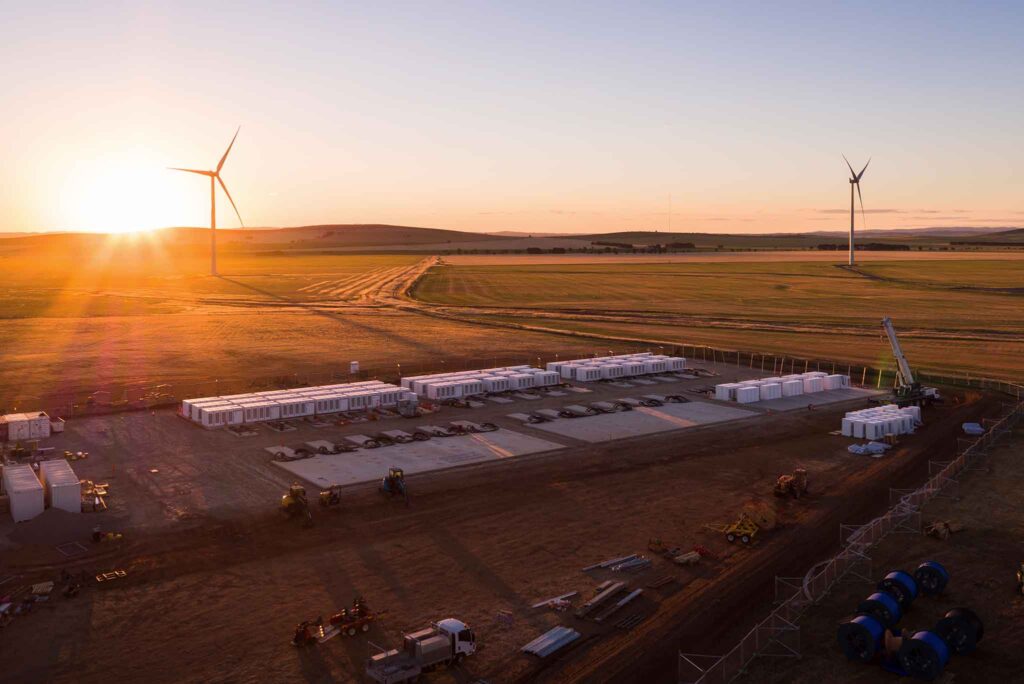
India can learn from projects like the Hornsdale Power Reserve in Australia, which uses large-scale lithium-ion batteries to manage peak loads. Energy-efficient solutions contribute to sustainability.
Community Engagement
Stakeholder Participation
Involve local communities in decision-making. Their insights can lead to better project outcomes and address specific needs.
Public Awareness
Educate citizens about infrastructure benefits and safety. An informed public supports responsible development.
Long-Term Vision and Funding
National Infrastructure Pipeline
India’s comprehensive plan for long-term projects should prioritize safety, quality, and environmental impact.
Sustainable Financing
Explore funding options such as bonds, PPPs, and international cooperation. Adequate funding ensures successful project implementation.
India stands at a crucial juncture in its infrastructure journey. By embracing global best practices, investing in skilled professionals, and prioritizing safety, India can build a safer and more resilient future. Let us learn from the successes of others and create infrastructure that not only connects cities but also safeguards lives. 🌟🏗️
FAQs
What is Public-Private Partnerships (PPPs) ?
Public-Private Partnerships (PPPs) involve collaboration between a government agency and a private-sector company to finance, build, and operate projects. These projects can include public transportation networks, parks, and convention centers. Here’s how they work:
- Financing and Construction: PPPs allow large-scale government projects (such as roads, bridges, or hospitals) to be completed with private funding. For example, a city government might lack funds for a capital-intensive building project, but a private enterprise could fund its construction in exchange for operating profits once the project is complete.
- Contract Periods: PPP contracts typically span 20 to 30 years or longer. The private partner participates in designing, implementing, and funding the project, while the public partner focuses on defining objectives and monitoring compliance.
- Risk Distribution: Risks are negotiated and shared between the public and private partners. Private enterprises face risks like cost overruns and technical defects, while public partners may deal with usage fees that aren’t supported by demand (e.g., toll roads or bridges).
Despite their advantages, PPPs are sometimes criticized for blurring the lines between public purposes and private profit. However, they remain a valuable tool for infrastructure development and service delivery. If you’d like more examples or details, feel free to ask!

Jugaad on Two Wheels: The Hilarious Bike Parcel Hack in Karnataka
The Great Karnataka Bike Parcel Hack: A Jugaad Masterclass #RapidoParcel: In a creative yet controversial move, ride-hailing platform Rapido has found a way around Karnataka’s
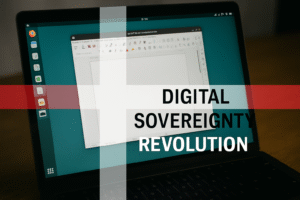
Denmark’s Digital Sovereignty Revolution: Linux and LibreOffice Lead the Way
Introduction to Denmark’s Bold Move In June 2025, Denmark’s Ministry of Digital Affairs made headlines by embracing digital sovereignty, ditching Microsoft Windows and Office 365

🏏Sports as a Business Strategy: Insights from Vijay Mallya’s RCB Ownership
🧠 Sports as a Business Strategy (Tool) In modern business, few platforms offer better engagement and emotional connection than sports. From football clubs in Europe

🙏 Apologies in Leadership: Vijay Mallya Public Apology
🧠 Introduction: The Role of Apologies in Leadership In the corporate world, apologies aren’t signs of weakness—they’re strategic acts of leadership. When made with sincerity

Audiobook Production Costs: Navigating Recording Artists, Studio Expenses, and AI’s Impact
The audiobook industry is booming, with over 130 million listeners in the U.S. alone in 2021 and a growing global appetite for audio content. Producing
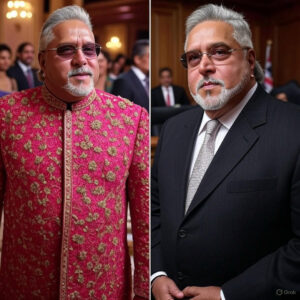
Media Trial of Vijay Mallya: How Public Perception Shaped Vijay Mallya’s Legacy
Introduction: Media’s Influence on Business Narratives In today’s hyper-connected world, media narratives can make or break a business reputation. For Vijay Mallya, once known as
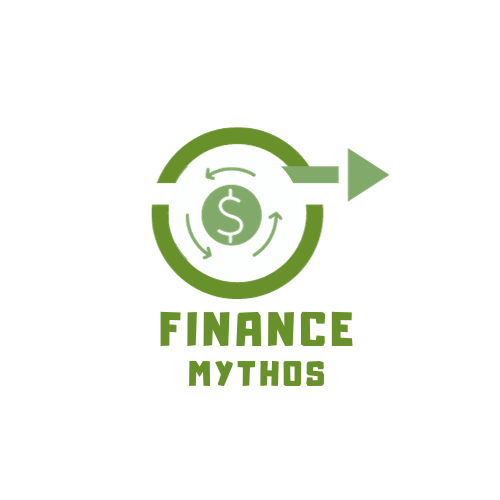

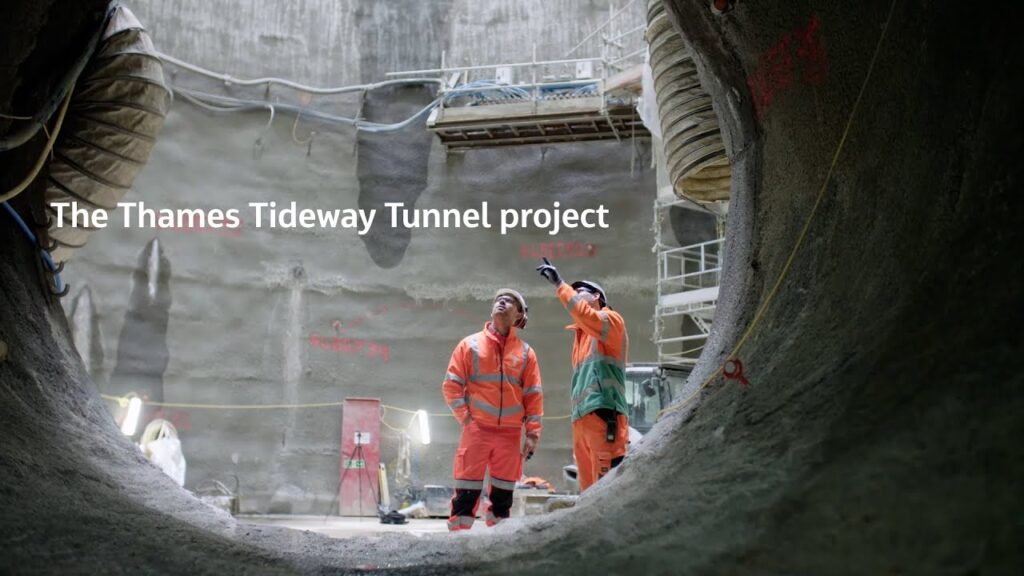
Hi would you mind sharing which blog platform you’re working with? I’m going to start my own blog soon but I’m having a tough time deciding between BlogEngine/Wordpress/B2evolution and Drupal. The reason I ask is because your layout seems different then most blogs and I’m looking for something unique. P.S My apologies for getting off-topic but I had to ask!
wordpress